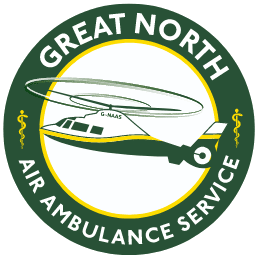Ever wondered how and why we are called into action? Here's how it works...
We want to make sure we are there for those people who need us most. By working closely with fellow emergency services, deploying the latest technology and utilising our experience, we have a system which allows us to gather information and make a decision on our response within minutes.
Gathering information
From our airdesk at Progress House in Eaglescliffe we monitor the three areas covered by the North-West, North-East and Yorkshire ambulance services, as well as the mountain rescue teams within the North of the UK.
On a bank of screens we can see emergency calls from the North East Ambulance Service and North West Ambulance Service while they are ongoing, meaning we receive live updates on a patient’s condition.
We also take calls from the ambulance services either if their call-handlers or their paramedics on the ground require assistance.
Assessing an incident
We adhere to our own dispatch criteria, which means we will activate the aircraft and crew if an incident falls into a certain category, such as major trauma.
Examples of this might be:
- Road traffic collisions
- Falls
- Industrial incidents
- Medical incidents
Interrogation of an incident
We can also ask questions either to the paramedic on scene, the call-handler, or sometimes the person who made the 999 call. This is an effective way of assessing if an incident requires our help.
We can also listen in on an ongoing 999 call to see if the incident might be one that needs our support. This can speed up our response times, with every second important in some cases.
Using new technology
Another way of gathering more information about an incident prior to launching our aircraft is by using the GoodSAM service. This service allows us to send a text message to the caller’s phone, which gives us access to their smartphone camera so we can get a live look at the nature and extent of injuries sustained by a patient.
We are already using this service to good effect.
Rapid response cars
As well as our aircraft which are deployable during daylight hours, we have a fleet of rapid response vehicles, as there are some circumstances, such as adverse weather conditions, where it may be deemed unsafe for us to launch our aircraft. We also have a car working through the night
More about our carsFAQs
Air Ambulances are called out for the most serious injuries or life-threatening situations. Situations that require the Great North Air Ambulance Service can happen anytime, anywhere.
Thanks to our helicopters, we are able to reach the scene of an incident quickly, no matter how rural the location is.

